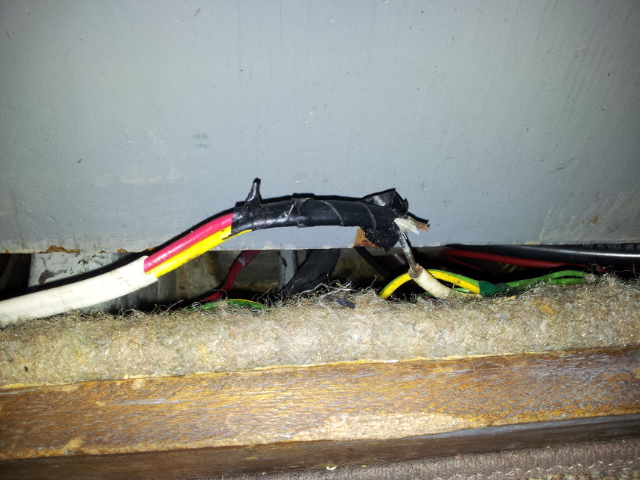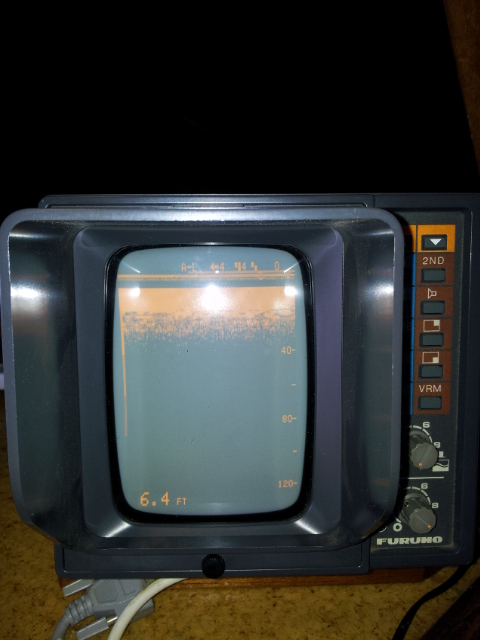Take a look at
Mainesail's post and photo over on Sailnet[/QUOTE
Thank you, I read it and remain skeptical that irrational engine starter motor wiring, poorly maintained systems, outboard, gasoline inboard engines, and small sailboat protection are always (100%) pertinent to my, similar or larger vessels. This skepticism is shared by yacht builders and ABYC compliant marine electricians.
As there have been countless pages in boat builder electrical specs, ABYC recommendations, on TF and other internet sites regarding the pros and cons of this subject I'll leave it to the pros and surveyors to argue it out, as has been the case for 20 years or so now.


